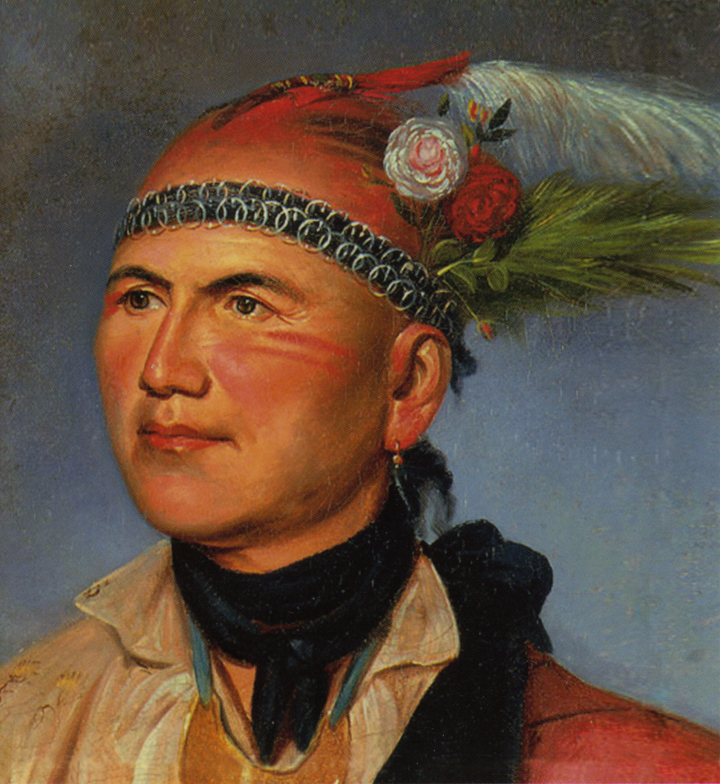Peale, C.W., Joseph Brant, 1979
Charles Willson Peale was born on this day in 1741.
Charles Willson Peale and the Lewis and Clark Corps of Discovery Expedition ...
The world was certainly changing in 1806, even as the Museum
itself was yet going strong. In 1804 Peale had received a first specimen from
the Lewis and Clark expedition: a horned lizard. Many more specimens
arrived in October 1805, including three live ones (two magpies and a prairie
dog). Other specimens arrived later, the items listed in the accession books in
1809 and reported in Poulson's Daily Advertiser on March 1, 1810. Some items came to the Museum as late as 1828,
the year following Peale's death and when Jefferson's Poplar Forest Plantation
was sold.
As a man who shared Jefferson's politics, a museum director
who benefited from the expedition's discoveries, and someone with a keen
interest in natural history, Charles Willson was as enthusiastic about the
expedition as anyone. The future of America had ever-widening possibilities,
and Meriwether Lewis and William Clark were two of the new nation's heroes. The
stuffed birds and mammals, the skins and skeletons, and especially the Indian
artifacts, that Peale received—mainly from Lewis, through Jefferson—greatly
benefited the museum and consequently the public's appreciation of the
expedition. Any number of connections between Peale, the expedition, and its
specimens could be enumerated, but it is perhaps most illuminating to
concentrate on two: mounting the pronghorn antelope and the relationship
between Peale and Lewis.
















































































































































No comments:
Post a Comment